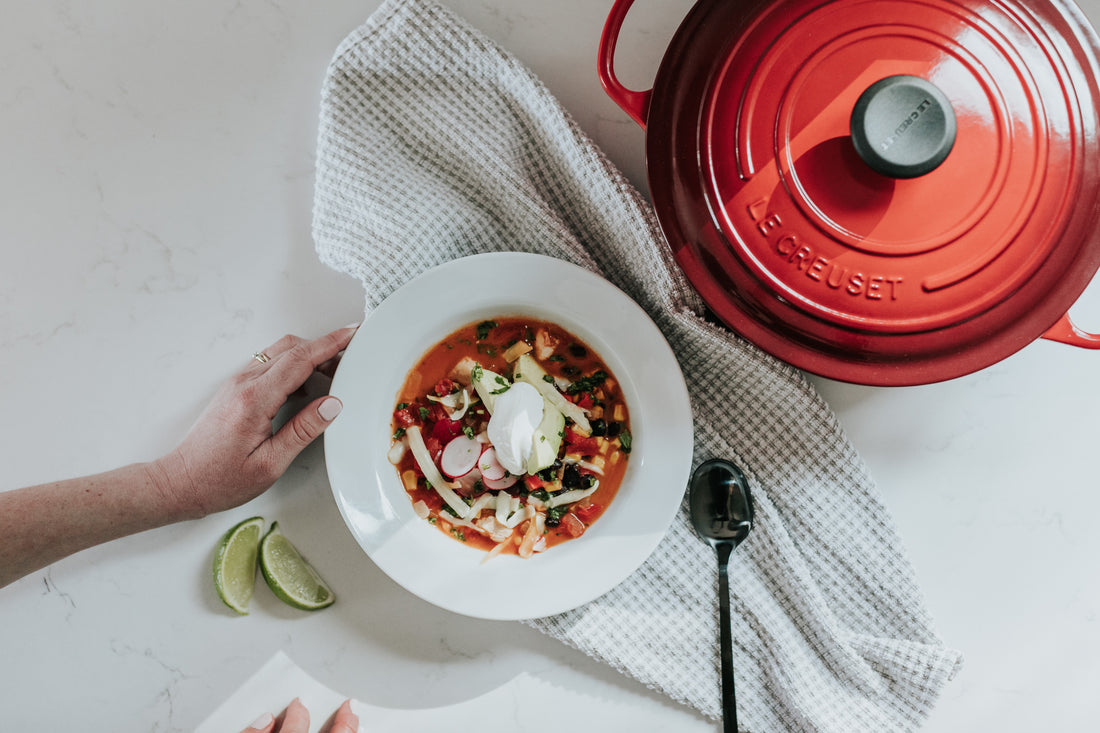Storing food safely and efficiently in your kitchen is essential for keeping your family healthy and reducing food waste. In this article, we will provide tips on how to store food properly, with a focus on safety and efficiency.
- Keep your refrigerator clean and organized
The first step to efficient food storage is to keep your refrigerator clean and organized. This means regularly cleaning out old and expired items, wiping down shelves and drawers, and keeping like items together. It's also important to keep raw meats and poultry on the bottom shelf of the refrigerator to prevent any drips or leaks from contaminating other food items.
- Use appropriate containers
Using the right containers for food storage is key to keeping your food fresh and safe. For example, use airtight containers for foods that spoil quickly, like berries and leafy greens. These containers prevent air and moisture from getting in and causing spoilage.
Similarly, use glass containers or bags for acidic foods like tomatoes and citrus fruits. These foods can react with plastic containers, which can cause them to break down and leach harmful chemicals into the food.
- Label and date your food
To ensure you are using the oldest items in your fridge first, it's a good idea to label and date all of your food items. Use labels or markers to write the date you purchased or prepared the food, and make sure to rotate items so that the oldest ones are used first.
- Store food at the right temperature
Different types of food require different storage temperatures to keep them safe and fresh. For example, keep your refrigerator at or below 40 degrees Fahrenheit, and your freezer at or below 0 degrees Fahrenheit.
For items that need to be kept at room temperature, like fruits and vegetables, store them in a cool, dry place away from direct sunlight.
- Use the right storage methods for different foods
Not all food items can be stored in the same way. For example, potatoes and onions should be stored in a cool, dry place like a pantry, while bananas should be kept at room temperature.
Additionally, some foods require specific storage methods to stay fresh. For example, mushrooms should be stored in a paper bag to prevent moisture from building up and causing them to spoil.
- Freeze food properly
Freezing food is a great way to extend its shelf life, but it's important to do it properly to ensure the food stays safe and fresh. First, make sure to wrap the food tightly in plastic wrap or aluminum foil to prevent freezer burn.
For items that will be stored in the freezer for a long time, consider using a vacuum sealer to remove all the air and prevent freezer burn.
- Use the first-in, first-out method
To avoid wasting food, it's important to use the first-in, first-out method. This means using the oldest items in your fridge and freezer first before moving on to newer items.
To make this easier, keep your fridge and freezer organized so that you can easily see which items need to be used up first.
In conclusion, storing food safely and efficiently in your kitchen is essential for keeping your family healthy and reducing food waste. By keeping your refrigerator clean and organized, using appropriate containers, labeling and dating your food, storing food at the right temperature, using the right storage methods for different foods, freezing food properly, and using the first-in, first-out method, you can ensure that your food stays safe and fresh for as long as possible.

